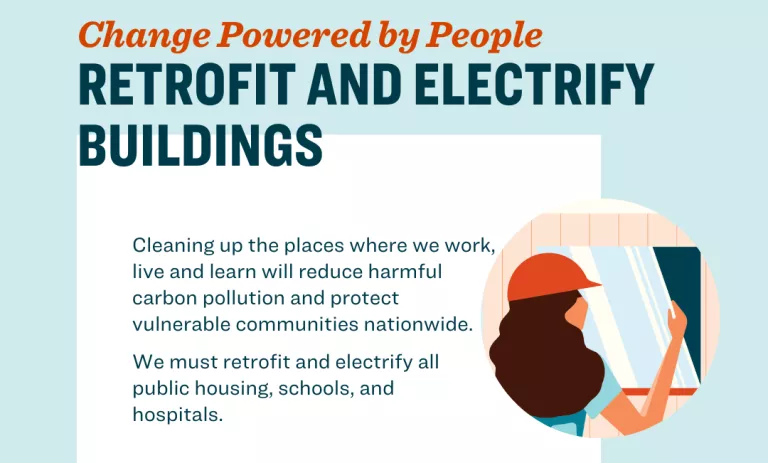
By Edmond Wu
As we all know, climate change is quickly becoming an issue that requires action at almost every level, from cars to buildings to the electrical grid to renewables. One big step toward saving the environment and thus improving our quality of life is electrifying our grid so we can become more energy efficient. In 2022, congress passed the Inflation Reduction Act (IRA), marking the largest climate-change-related bill in US history, which allocates $369 billion toward energy security and climate change. While parts of the bill allocate funds toward healthcare and deficit reduction, a large part of the bill is allocated toward helping buildings become much more energy-efficient by using electrified appliances such as central heating and cooling units, stoves, and water heaters. This bill also renewed the $7,500 rebate toward electric vehicles, which has helped grow the national EV market.
One portion of the IRA, the Home Efficiency Rebates (HOMES) program, allocates $4.3 billion for single-family and multifamily discounts on whole-home efficiency upgrades. The program provides rebates toward major upgrades such as electrical panels, solar panels, insulation, windows, and other improvements to make homes more energy efficient. For example, it can provide up to 30% rebates on windows and doors. Solar panel installation costs can also be rebated back 30%, up to a certain limit. By making homes use more renewable energy and be more energy efficient, this program will move energy use away from fossil fuels. To collect the rebates for the HOMES program, certified contractors must do the work, to prove that the upgrades were done. Currently, this program will roll out in California later this year or early next year.
The other part of the IRA, the Home Electrification and Appliance Rebates (HEEHRA), allocates $4.5 billion for single-family and multifamily discounts on the electrification of home appliances and equipment. For California, these programs will be rolling out later this year. To be approved by the federal government to receive the funds, each state is required to provide details of implementations and allocation based on the IRA. However, for the HEEHRA program, the rebates are to be issued when purchasing newer energy appliances, such as ductless mini-split heat pumps or heat-pump water heaters. This provides opportunities for people to not just save money, but become more sustainable, both by lowering the use of natural gas, as well as by using more renewable energy sources.
This landmark law goes a long way in reducing climate change and protecting the environment, while allowing consumers to save substantial money.
The rebate programs are a bit complicated since they are based on income and location. To search for what you’re eligible for, here are two sources that can provide details:
California: https://switchison.org/
National: https://homes.rewiringamerica.org/
Edmond Wu has been with the Sierra Club for the past three years. He is an avid hiker, runner, and surfer who nerds out over renewable energy, conservation, and sustainability.